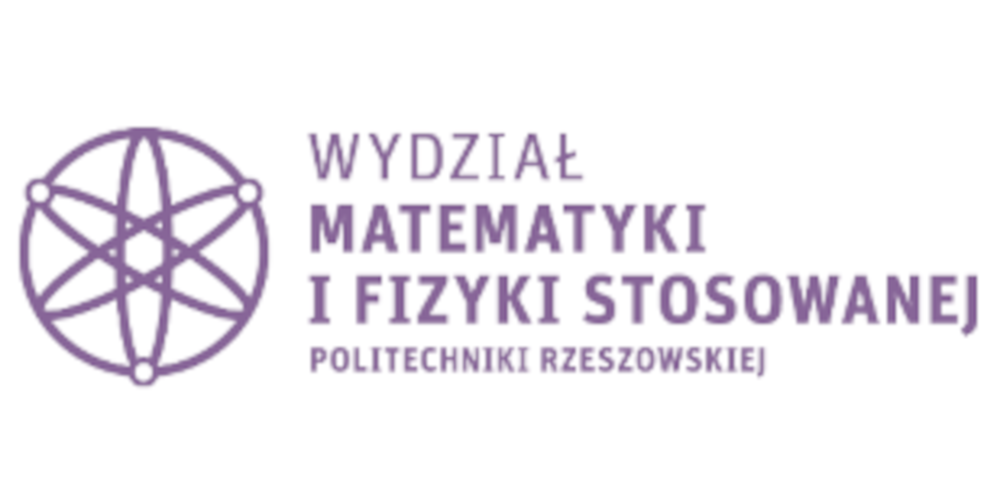

Actuarial Mathematics
Some basic information about the module
The aim of studying and bibliography
The main aim of study:
To acquaint students with the basics of insurance mathematics and familiarize them with the simplest models of risk.
The general information about the module:
The module is implemented in the sixth semester. It consists of 30 hours of lectures and 15 hours of tutorials.
Bibliography required to complete the module
| 1 | P. Kowalczyk, E. Poprawska, W. Ronka-Chmielowiec | Metody aktuarialne | Wydawnictwo Naukowe PWN, Warszawa. | 2006 |
| 2 | T. Michalski, K. Twardowska, B. Tylutki | Matematyka w ubezpieczeniach, jak to wszystko policzyć | Wydawnictwo Placet, Warszawa. | 2005 |
| 1 | S. Wieteska | Zbiór zadań z matematycznej teorii ryzyka ubezpieczeniowego | Wydawnictwo Uniwersytetu Łódzkiego,. | 2001 |
| 1 | A. Wiliams, H. Smith, P. Young | Zarządzanie ryzykiem a ubezpieczenia | Warszawa. | 2002. |
Basic requirements in category knowledge/skills/social competences
Formal requirements:
The student satisfies the formal requirements set out in the study regulations
Basic requirements in category knowledge:
Basic knowledge in fields of probability and statistics.
Basic requirements in category skills:
Ability to use the basic mathematical apparatus for the probability and statistic.
Zaloguj
Zaloguj
Zaloguj
Zaloguj
Basic requirements in category social competences:
Willingness to take objectively justified mathematical operations in order to solve the task
Module outcomes
| MEK | The student who completed the module | Types of classes / teaching methods leading to achieving a given outcome of teaching | Methods of verifying every mentioned outcome of teaching | Relationships with KEK | Relationships with PRK |
|---|---|---|---|---|---|
| MEK01 | student is able to give examples of random variables used in insurance risk theory: both discrete and continuous and to calculate the parameters of these variables | Lectures, classes | written test |
K-U30+ K-U31+ |
P6S-UK P6S-UO P6S-UU P6S-UW |
| MEK02 | knows the theoretical basis for the individual risk model, can determine the parameters of the aggregate claims distribution and uses the central limit theorems for estimating the probabilities | Lectures, classes | written test |
K-W01+ K-W02+ K-W03+ K-W04+ K-U33+ |
P6S-UW P6S-WG P6S-WK |
| MEK03 | knows the theoretical basis for the collective risk model, can determine the parameters of the aggregate claims dystribution | Lectures, classes | written test |
K-W03+ K-U32+ K-U33+ K-U34+ K-K01+ |
P6S-KK P6S-UW P6S-WG P6S-WK |
| MEK04 | can use the classic methods to calculate net premium | Lectures, classes | written test |
K-U31+ K-U33+ K-K01+ |
P6S-KK P6S-UK P6S-UO P6S-UU P6S-UW |
The syllabus of the module
| Sem. | TK | The content | realized in | MEK |
|---|---|---|---|---|
| 6 | TK01 | W01, W02, W03, W04, W05, C01, C02, C03 | MEK01 | |
| 6 | TK02 | W06, W07, W08, W9, W10, W11, C04, C05, C06 | MEK01 MEK02 MEK03 | |
| 6 | TK03 | W12, W13, W14, W15, C07, C08 | MEK04 |
The student's effort
| The type of classes | The work before classes | The participation in classes | The work after classes |
|---|---|---|---|
| Lecture (sem. 6) | contact hours:
30.00 hours/sem. |
complementing/reading through notes:
2.00 hours/sem. |
|
| Class (sem. 6) | The preparation for a Class:
3.00 hours/sem. The preparation for a test: 5.00 hours/sem. |
contact hours:
15.00 hours/sem. |
Finishing/Studying tasks:
2.00 hours/sem. |
| Advice (sem. 6) | The participation in Advice:
1.00 hours/sem. |
||
| Credit (sem. 6) | The written credit:
2.00 hours/sem. |
The way of giving the component module grades and the final grade
| The type of classes | The way of giving the final grade |
|---|---|
| Lecture | Presence on lectures. |
| Class | The grade is the mean of grades obtained for two written tests. This grade may be increased if the student demonstrates the activity on the classes. |
| The final grade |
Sample problems
Required during the exam/when receiving the credit
(-)
Realized during classes/laboratories/projects
(-)
Others
(-)
Can a student use any teaching aids during the exam/when receiving the credit : no